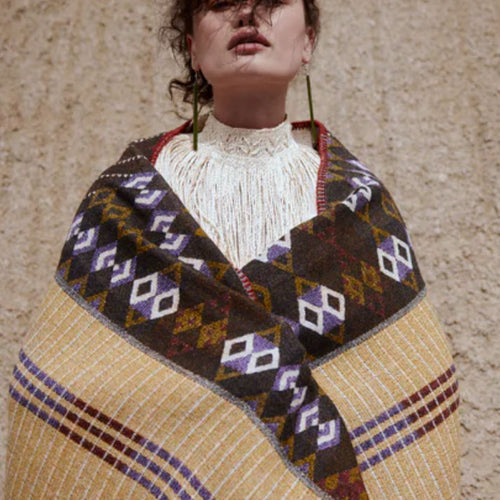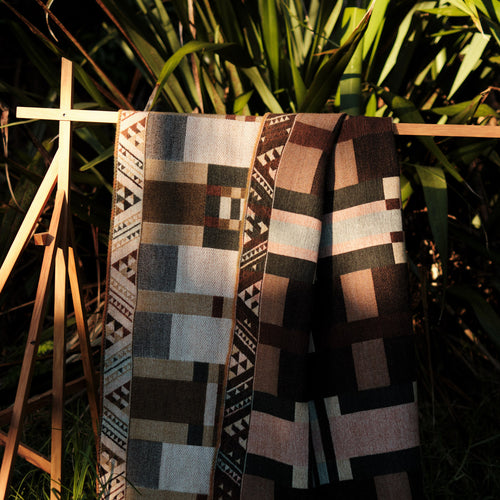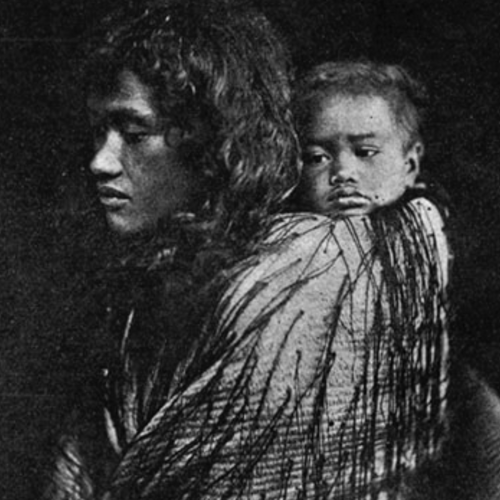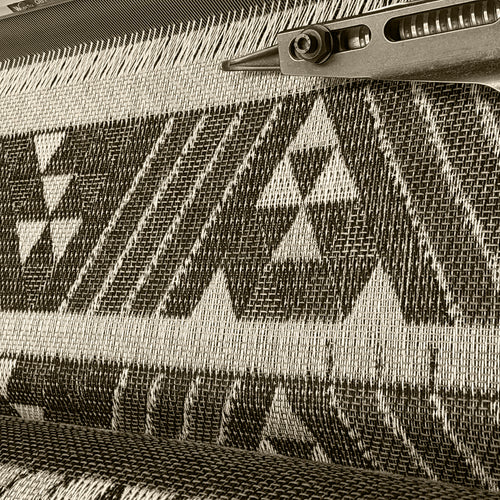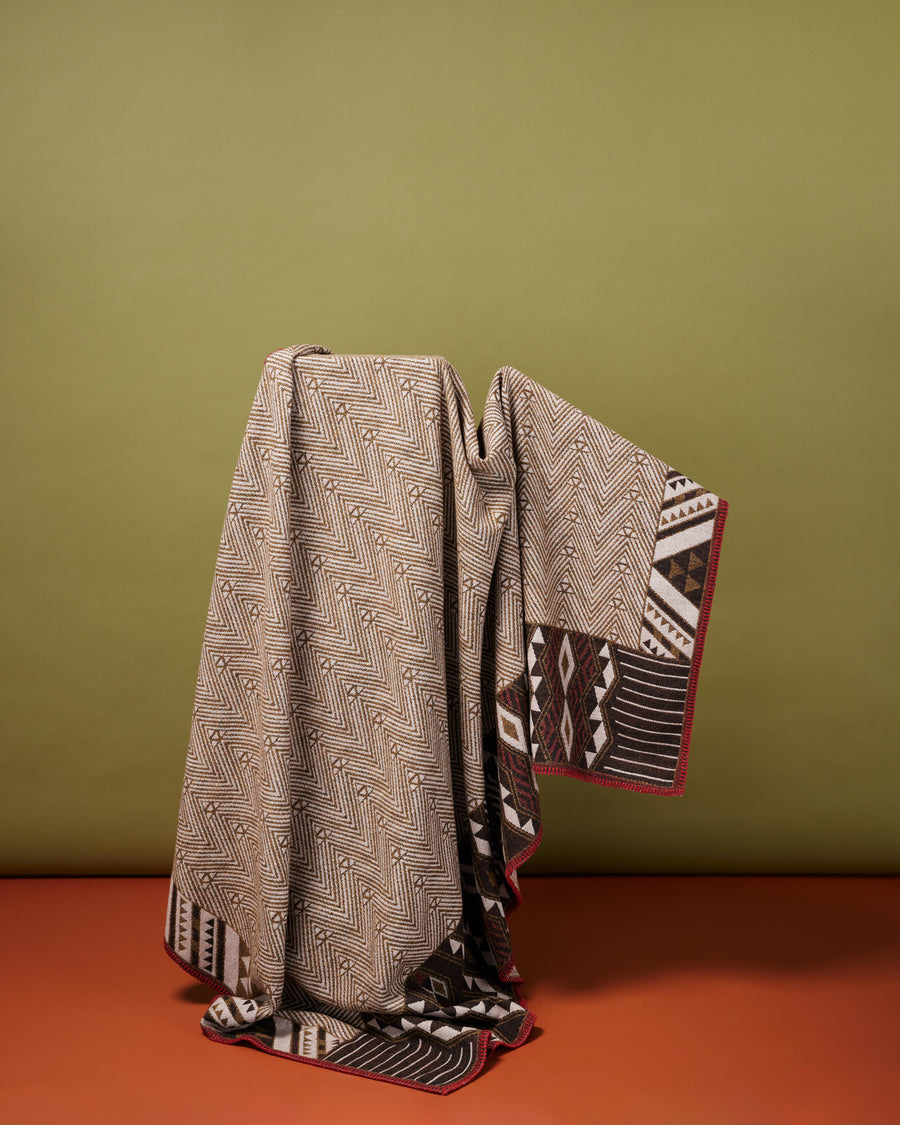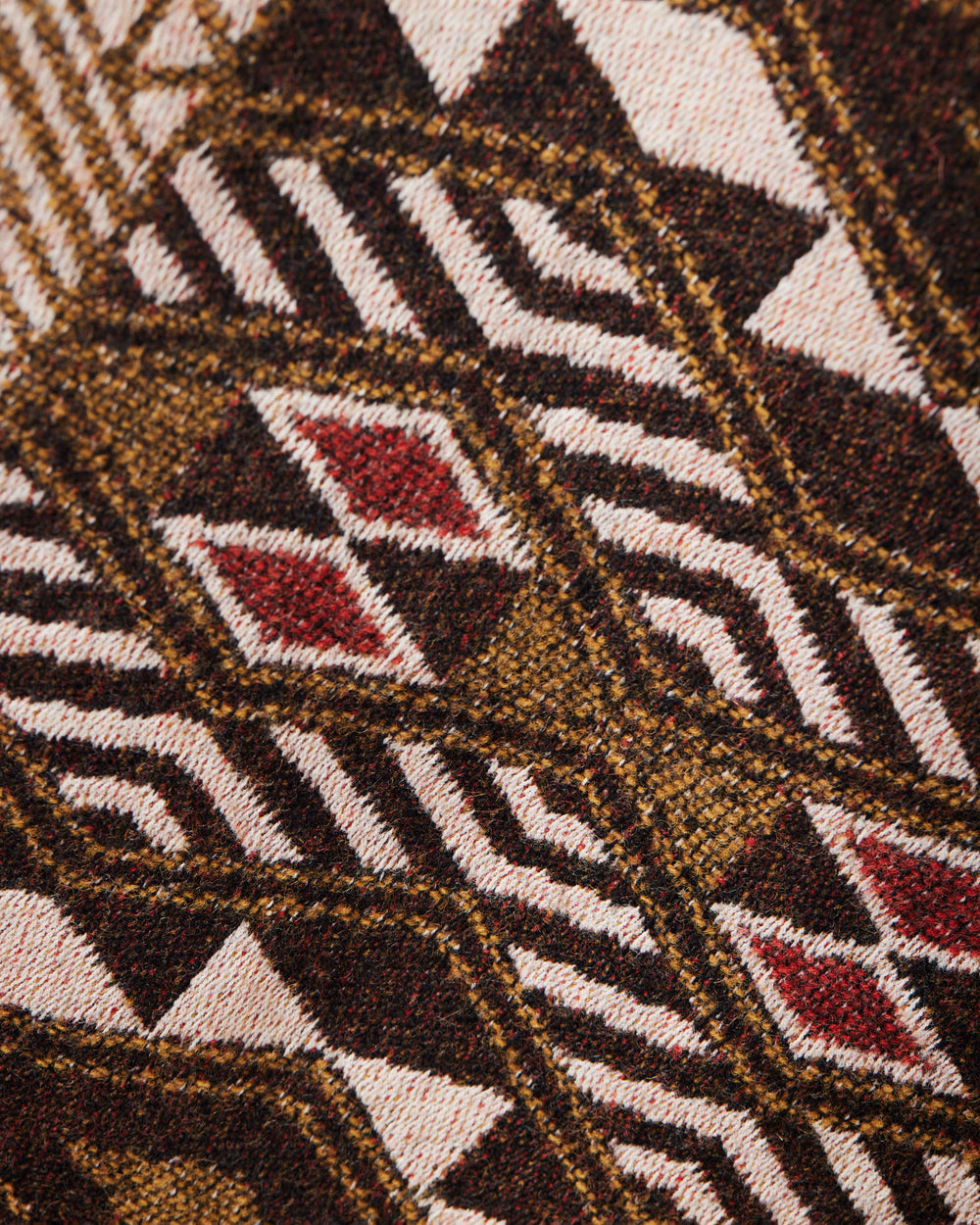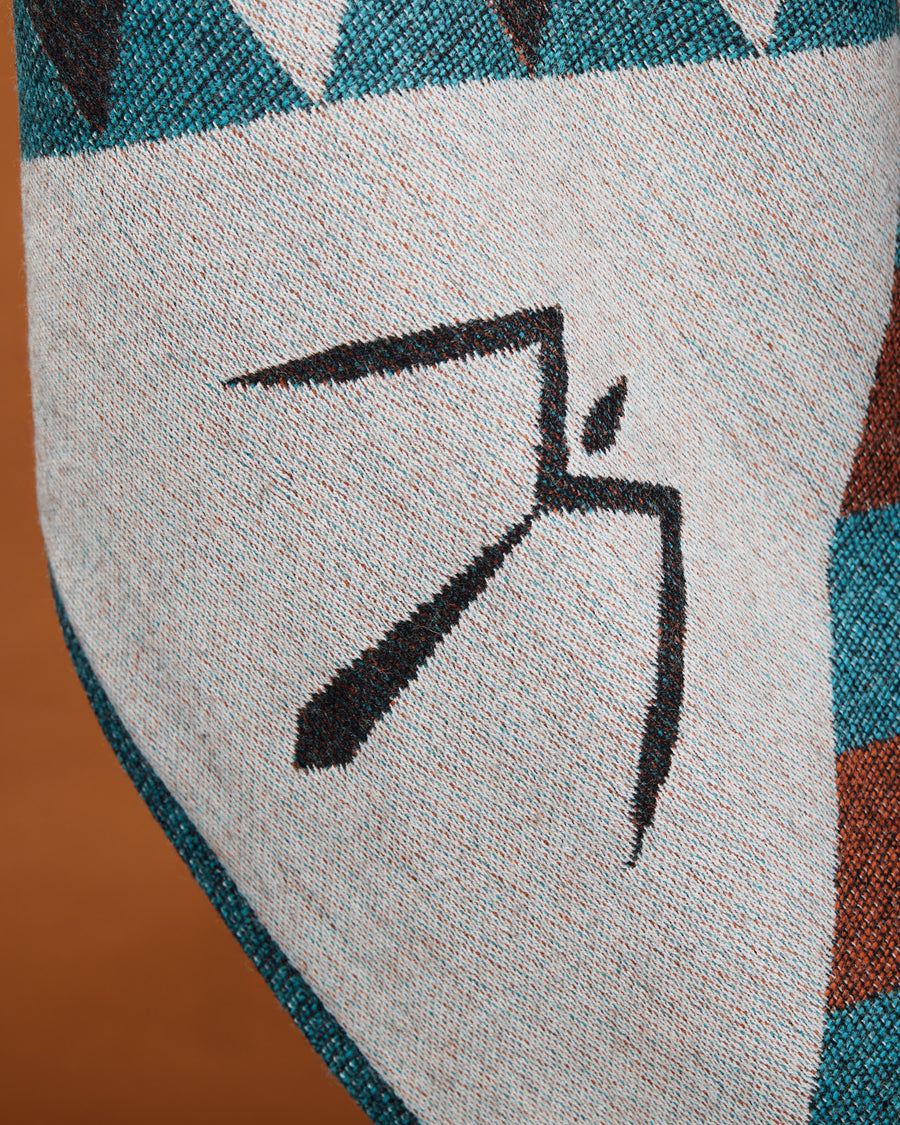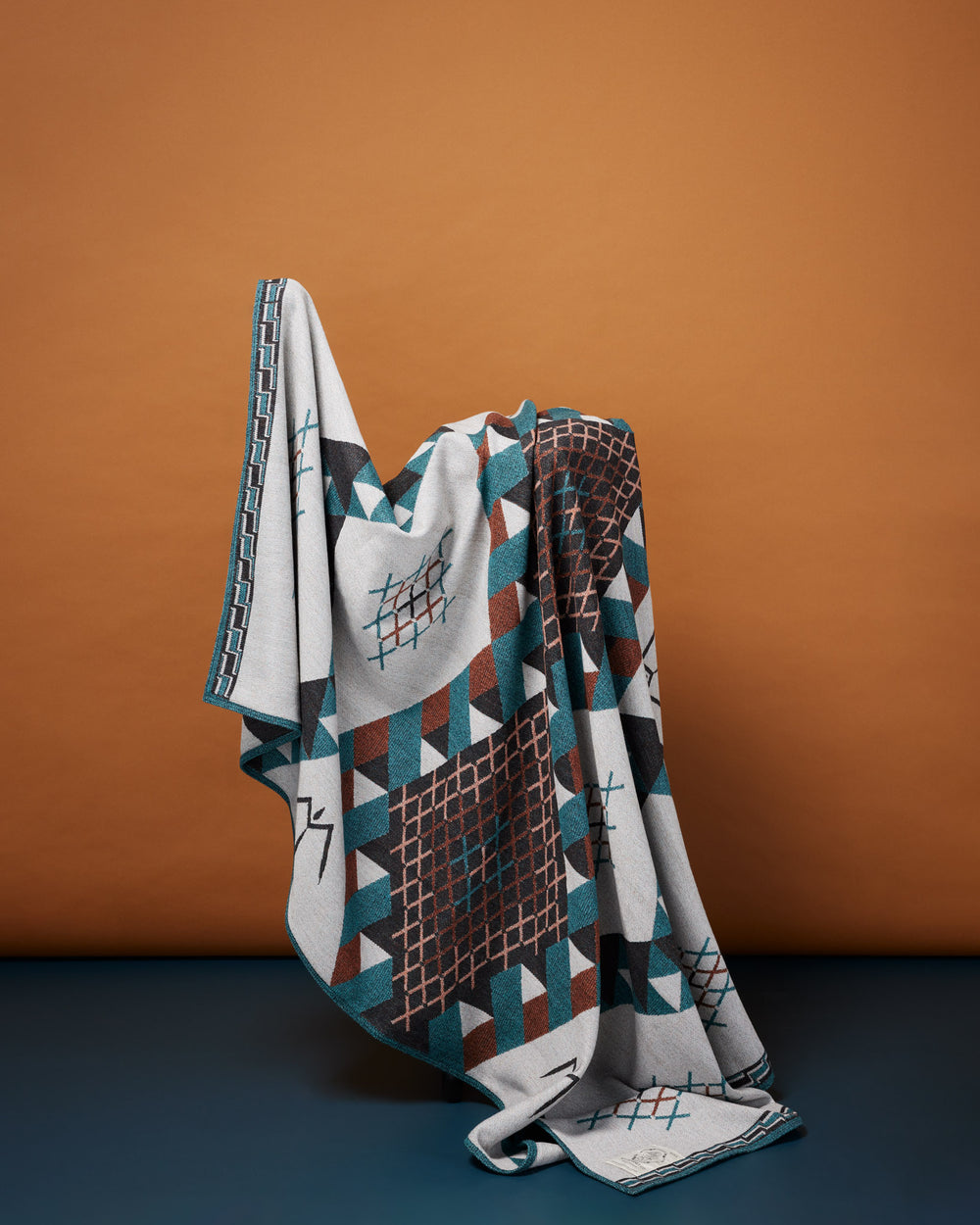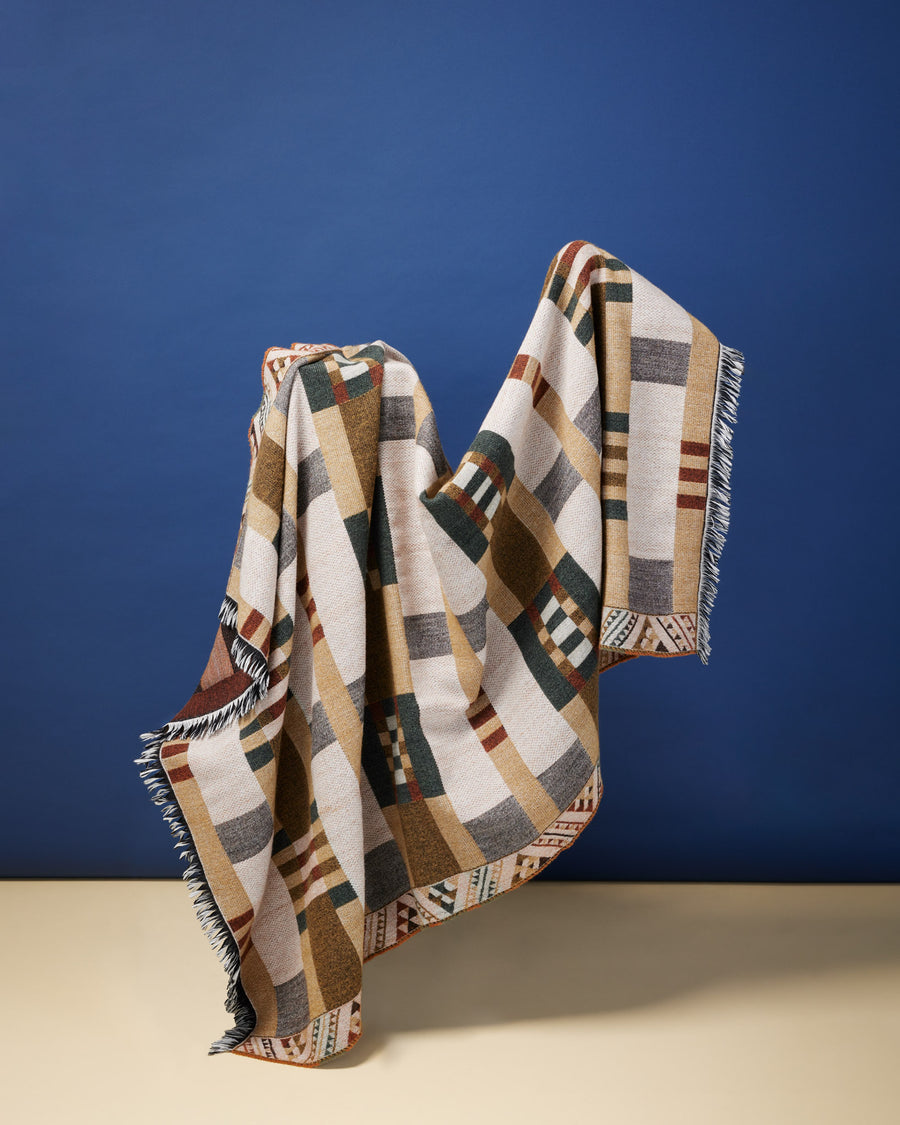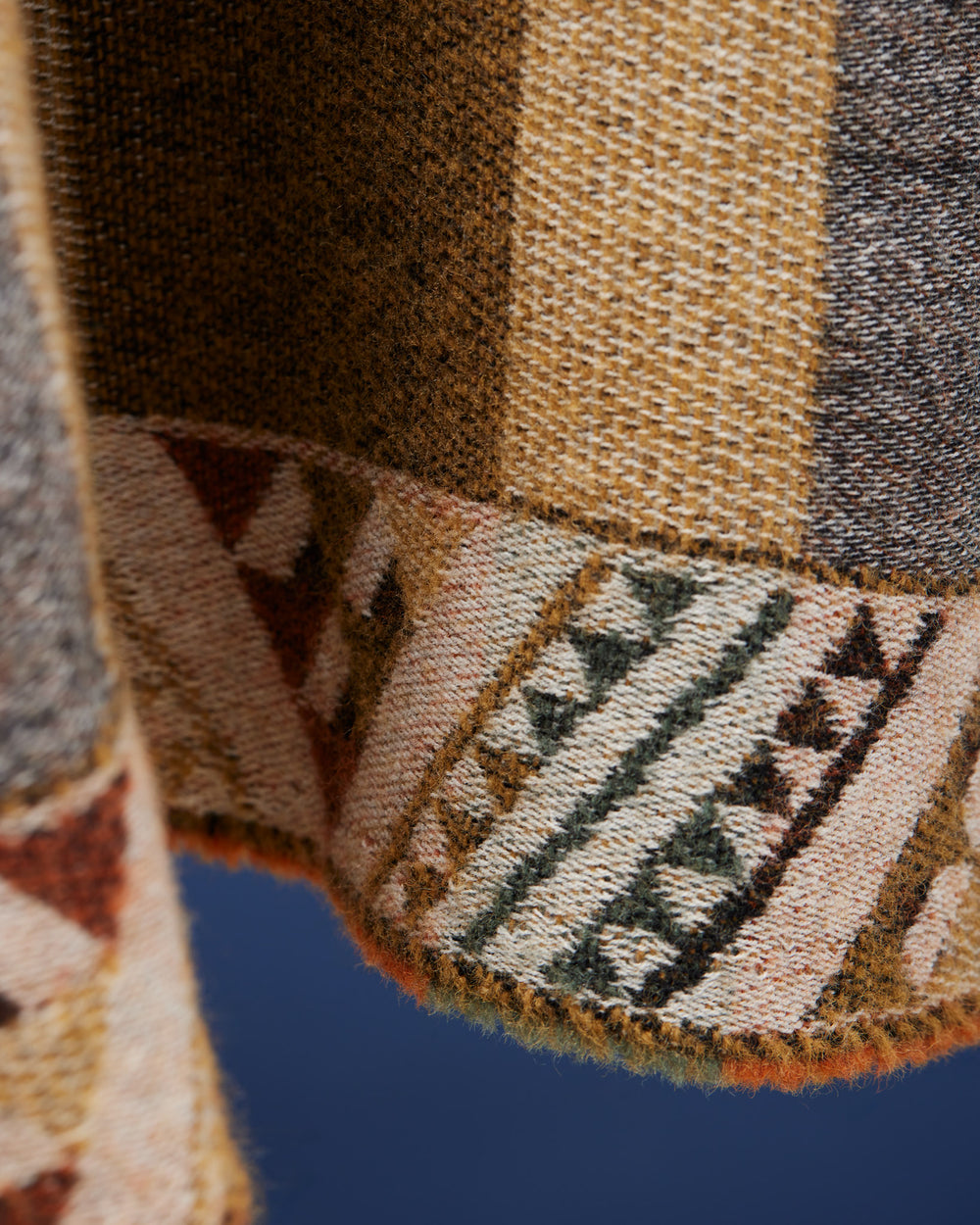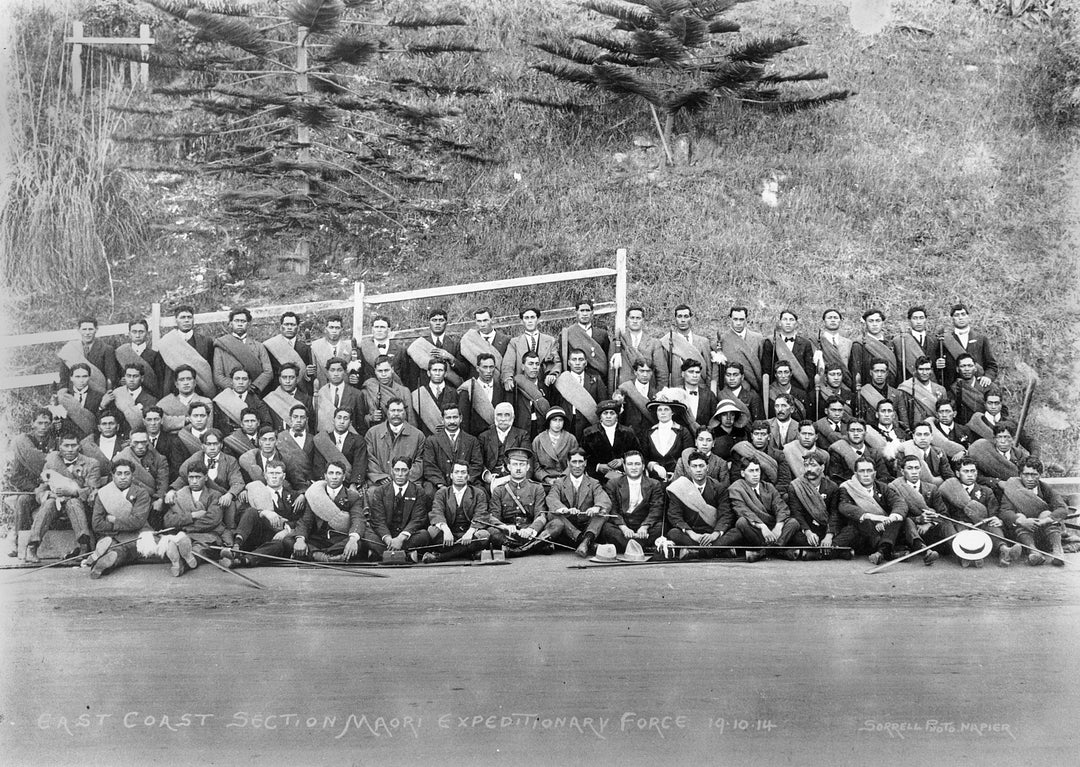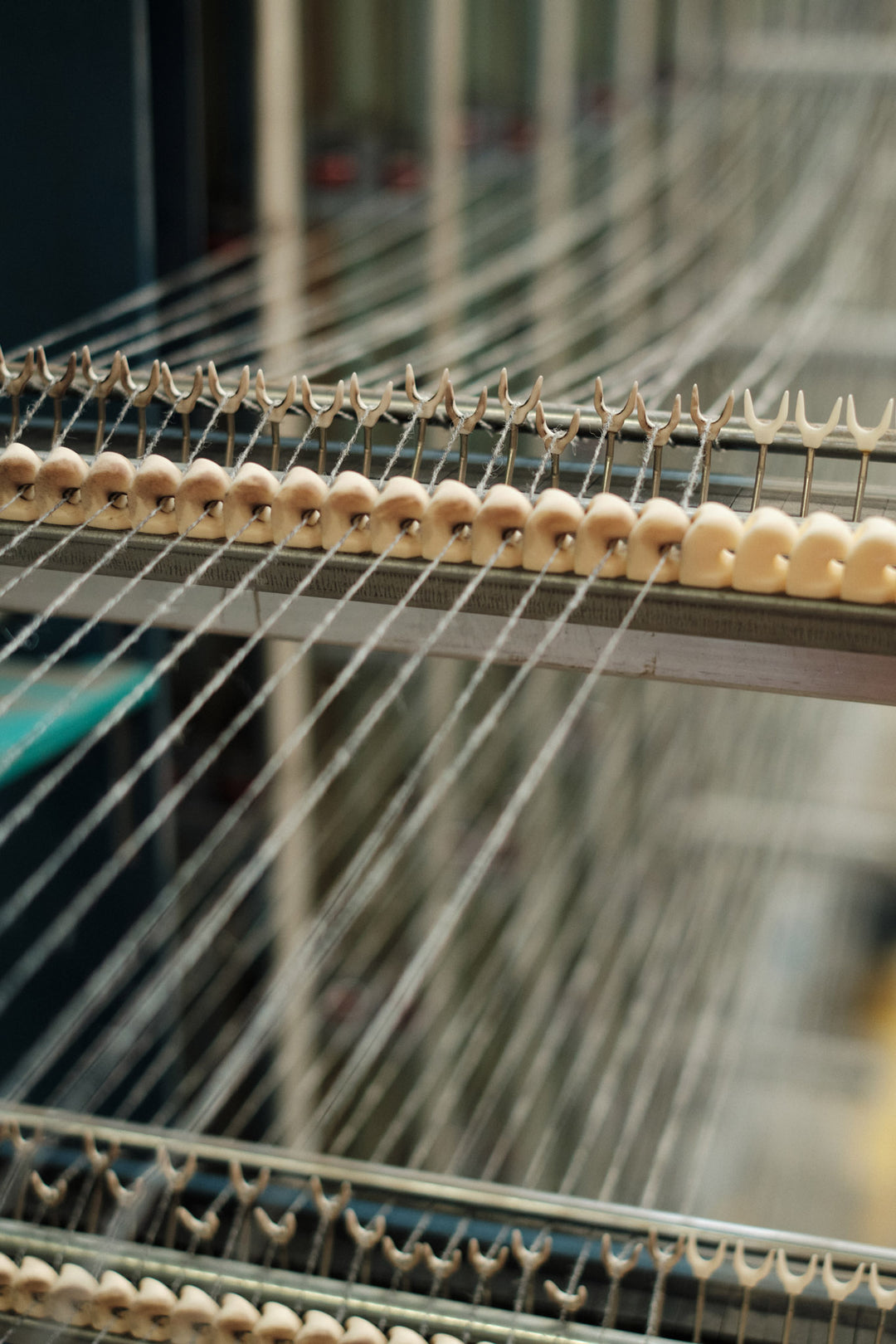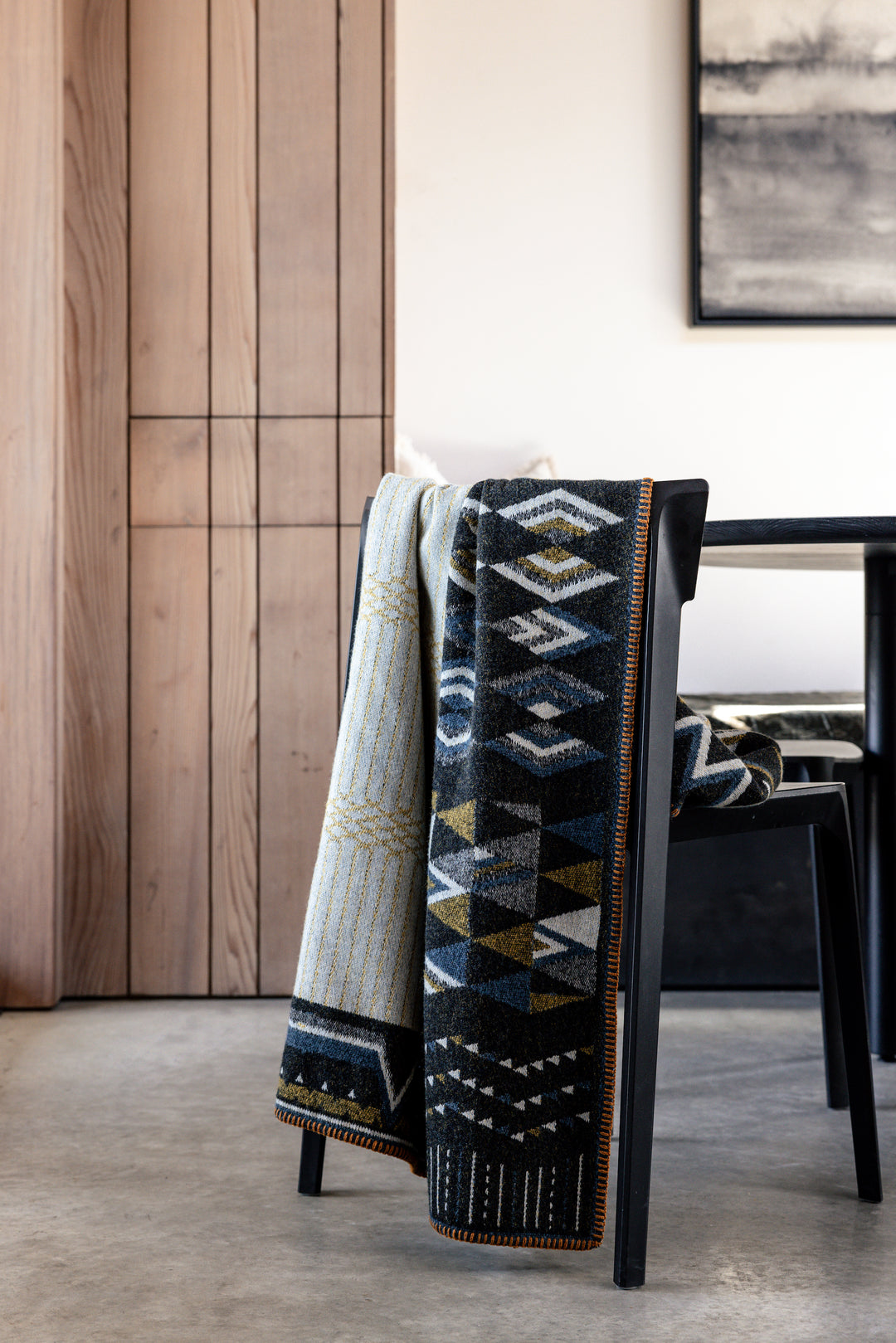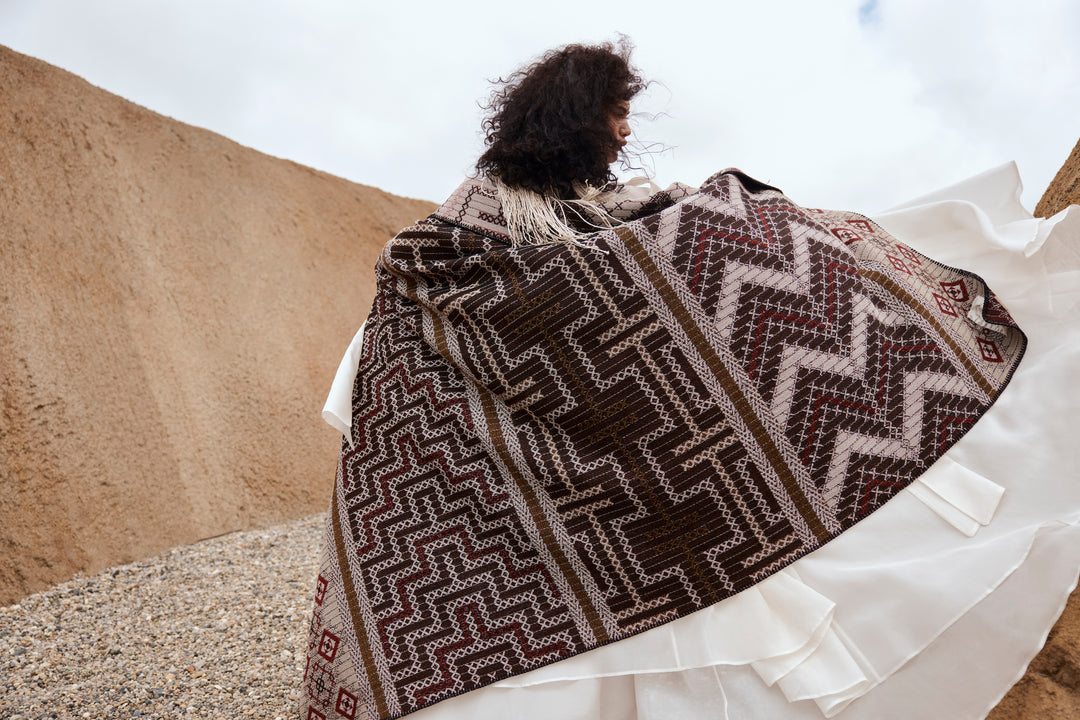Te Raukūmara - Behind the Weave
Arrival into new spaces is an exciting time. We are encouraged and appreciative of the successful journey across vast oceans, overcoming the many challenges to explore new horizons and reach a new Hawaiiki.
As it was for our predecessors, once we find our feet in new spaces, we gaze upon the landscape seeking opportunities for growth and development; to sustain and enhance our wellbeing and that of our community.
Te Raukūmara identifies the importance of purposeful and meaningful thinking. To first understand our core values and set our objectives to achieve them ensuring each subsequent step is well measured, while providing space to adapt and pivot in the moment, according to our environment. This was common practise for our forbears, to see what matters most endure.

This design is a nod to the eager hearted, seeking opportunities for growth and development. It's a reminder to be purposeful in our planning and strategic in our approach, with the ability to learn and adapt to an environment in order to yield a successful harvest.
The story of the kūmara and its successful propagation reflects these principles of strategic planning and being calculated in our approach to achieve prosperity for ourselves and our community.
The kūmara was one of many food stores well kept upon the canoe migration, with many tūpuna across the country attributed to its safe arrival.
As our tupuna departed from Hawaiiki Nui for their envisioned destination, Aotearoa on a calculated and scheduled journey, preparations were made long before their departure, to fulfil their obligations to nurture their communities. They brought with them a variety of foods, tools, protocols and rites to ensure the safe and sanctioned growth of the people, a value that remains at the very core of our culture.
The kūmara was one of many food stores well kept upon the canoe migration, with many tūpuna across the country attributed to its safe arrival and propagation. Compared to Polynesia where kūmara grows all year round, in New Zealand, however, winter is too cold to grow kūmara and has to be grown from tubers instead of from shoots. Kūmara could be stored over winter and the tuber planted out in summer.
Adaptation to new climates and environments with the creation of new strategies, techniques, systems, tools and protocols, firstly to sustain our wellbeing whilst also progressing our development and growth. This quality is reflected in the decorated side borders, with reflections of both rimurimu or seaweed and karoro, seagulls, both became useful in fertilising soils ready for planting in coastal NZ environments.
Kūmara gardens were known as māra kūmara. They consisted of puke (mounds) formed from loosened soil, arranged mostly in rows. This is reflected in the body of the blanket.
Kūmara tubers were planted in the mounds. Often stones were vested amongst these tubers also, the sun warmed up the stones which helped to regulate the temperature to ward off the damaging effects of frost. We’ve interpreted these growing mounds and mauri stones (life essence) as motifs in the main decorative pae of the blanket.

Kūmara tubers were harvested around March. They would not grow in winter, so the tubers had to be stored and preserved, storing crops in subterranean pits or rua kūmara provided the high levels of humidity needed to preserve the tubers so that some could be eaten over winter and some planted out later. These rua kūmara are woven in the bottom corners of the blanket, identifying also the larger kūmara which were utilised first as they were most likely to be susceptible to rot.
There are few variations of the story of the kūmara and its origin being linked with Rongo, Pani Tinaku and Whānui. As the star Vega, Whānui rising signals the time for the harvest of kūmara. When Whānui moves slowly it is a sign of plentiful crops and an abundance of food, but when it moves swiftly, as if blown by the wind, the coming season could be one of great scarcity, he tau hiroki, a lean season.
When Whanui is seen flashing above the eastern horizon as autumn approaches, it is the sign for taking up of the kūmara crop. Whanui is invoked for abundant food and a reflection of Whanui as the star Vega is reflected in the body of the blanket.
